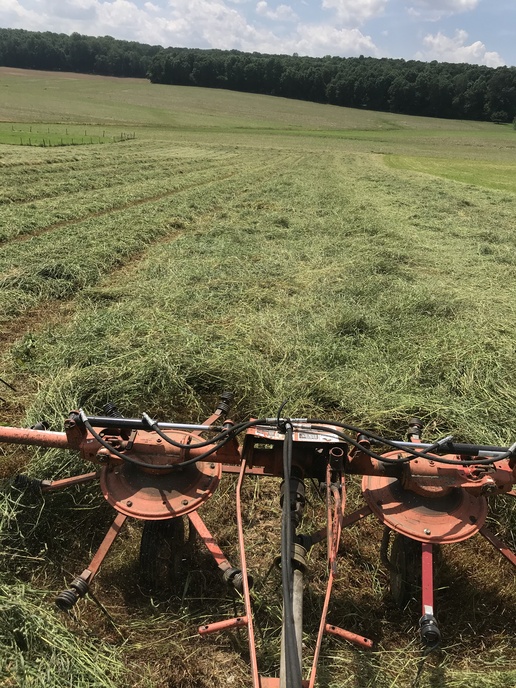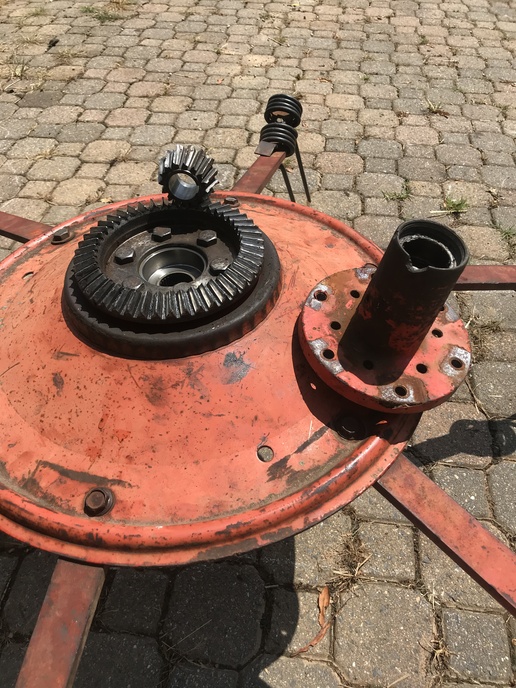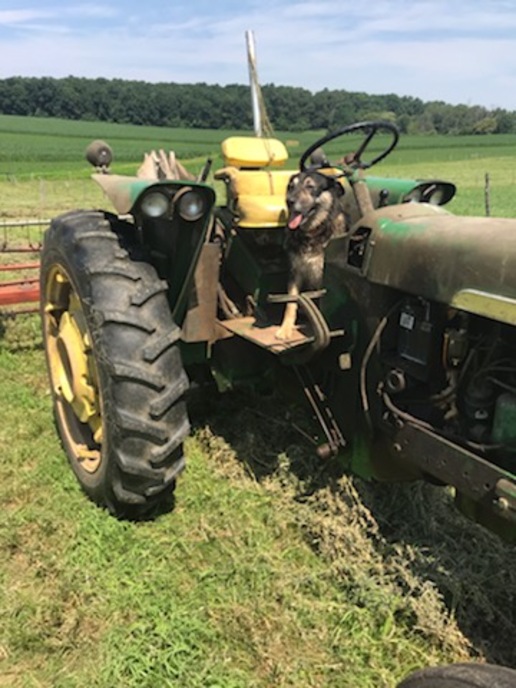Yooperwing
Member
Looking at getting a Tedder for next year. Have used the
rotary type(Kuhn).throws the hay all over the
place..does a good job. Saw an H&S that lifts the hay
and sets it back down. Looks kinda like the reel on mower
conditioner. Wondering of any advantages or
disadvantages of the two different types. Thank you in
advance.
rotary type(Kuhn).throws the hay all over the
place..does a good job. Saw an H&S that lifts the hay
and sets it back down. Looks kinda like the reel on mower
conditioner. Wondering of any advantages or
disadvantages of the two different types. Thank you in
advance.




